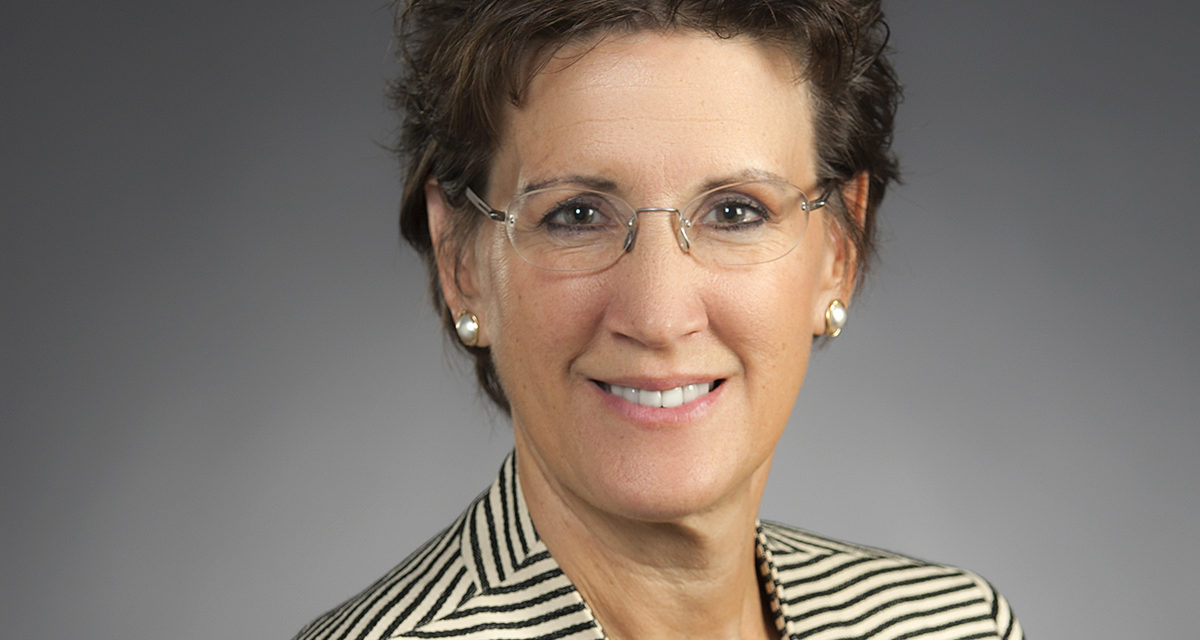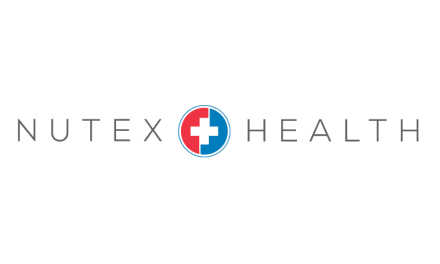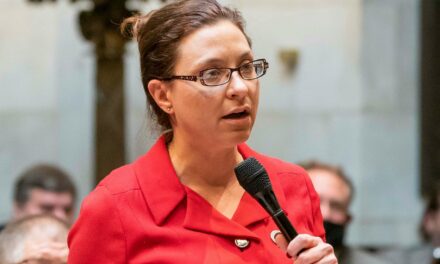
UnityPoint Health-Meriter CEO talks UW Health alignment, child and adolescent psych expansion

UnityPoint Health-Meriter CEO and President Sue Erickson has been working on aligning the Madison hospital with UW Health.
The two health systems’ joint operating agreement took effect in July 2017.
“We all believe that our joint operating agreement and the work that we’re doing has gone really well,” she recently told Wisconsin Health News.
Erickson also gave an update on the hospital’s efforts to expand child and adolescent mental healthcare.
Edited excerpts are below.
WHN: Where are integration efforts now?
SE: We have at the highest level of leadership at the university, a team of senior leaders there, a team of senior leaders here. We meet regularly like at least once a week, sometimes two or three times a week, as we’re working on what are those most critical things we should be doing to create this better-aligned system of care. I would say that our work to date has been either urgent work or something that became emergent – “We weren’t expecting this, but now we want to manage between the organizations and figure out: Should we do it status quo, the way that we were doing it, or is there a better way that we could do it?” – to things that were just efficient to do differently.
So we’re really looking at patient populations. Obviously, the premise of the joint operating agreement was that the university was at overcapacity of beds. Surgical space was limited. And we had capacity – lots of capacity. We had open units, closed units. We had units that were ready to be built out.
WHN: What have been the efforts so far?
SE: Our big efforts over the last 18 months have been decanting appropriate patients to the right setting to help us make sure that we can accept the referrals from the region and those trying to get to the university, to get to that quaternary care if needed. We’ve done a great job with that.
The university has a lot of remodeling needs. As of January, one of their units went down into being remodeled from a medical unit to a neural intensive care unit. And we decanted the appropriate patients to this location or to the American Center as appropriate. Really just trying to get the best patient the right setting, the right cost and the best outcome for the patient population.
We’ve done a really good job with that. That hasn’t been easy. We’ve had bumps between the organizations. But I think everybody understands the vision and is working really hard.
WHN: What’s next?
SE: We know that we still need inpatient bed capacity. So the work that’s going on right now in our organization…at the end of all it, we’ll have an additional 48 beds, net new beds on this campus to help us continue to work through the bed capacity issues that we see.
Those were very planful events. It’ll take us anywhere from a year and a half to two years depending on how far we go with other renovations as to when we actually open those up and what the pressure is on our system of care for beds. So we’re navigating that.
I would say we’re in a planning phase around our surgical suites and our ambulatory surgical suites, what we need to do there. And then just in the ambulatory space in general, there’s a huge collaborative team between the organizations on what is that plan.
WHN: What are you seeing in terms of a community need that you didn’t before?
SE: As we think that we’re decanting the university campus, we are actually seeing more patients flow into that campus either by changing market share or referrals from outside of the region now being allowed to come in. We’ve seen that in our infusion services, as we moved infusion services from the university campus to this campus. We’re working to decant the majority of the non-chemo infusions from the university campus to this campus. And they saw a 22 percent increase in growth back to infusion services on their campus. So we’re back, kind of looking at how we might change that. We’re seeing that in actual inpatient emergency department visits, surgeries, that sort of thing. So it’s been a little bit of a nuance to the discussions. We think we’re addressing some of this and then see more coming.
And then in the planning phases, we’ve been modeling out what happens with just population growth, with the boomers aging and what is that patient population. We do believe we’ve potentially netted less beds than we might need. But we also know that the healthcare environment is changing and where care might be delivered might play into that as well.
WHN: You’re expanding your Child and Adolescent Psychiatry Hospital. Why is this needed?
SE: We, as an organization, have known and desired to expand that hospital to open up more beds because of the need in the community and outside the community and have not been able to pull the trigger on the capital needed to do that. With the work with our joint operating agreement and our ability to look at ourselves differently, we’ve been able to now get an approval process for that capital expansion.
There’s an inpatient part of it, which is 10 new beds. But because of how we’re reconfiguring things in it, it gets close to doubling the number of patients that we can take. So we go from about 800 patients annually to 1,400 because of the reconfiguration and the 10 additional beds. We hope to have that done late fall, early winter of this year.
But the other part that we see as really just instrumental and really a value-add is the programmatic piece to it, which is partial hospitalization. It’s a bridging component. So the patient that comes out of the acute care hospital setting really has limited partial hospitalization options. They have to go to outpatient therapy, which might not be robust enough. We see those patients rebounding back in because they need a continuation of more heavy kind of therapy or repetitive therapy than you can get in an outpatient setting. So this day treatment option allows you to take an acute patient, continue to improve them through more intense therapy before you hand them off to outpatient. So it’s almost an extender in that space. Sometimes patients don’t really qualify for hospitalization. So this day therapy is kind of the intermediate step to try and prevent them from getting placed in a hospital bed.
That programmatic piece really is kind of a monumental extension in the behavioral health space that really helps the acute patient. But it also helps the patients that aren’t as acute from becoming as acute. We’re hoping to see about 3,000 patients annually and we hope to have that open before mid-year 2020.
This article first appeared in the Wisconsin Health News daily email newsletter. Sign up for your free trial here.





